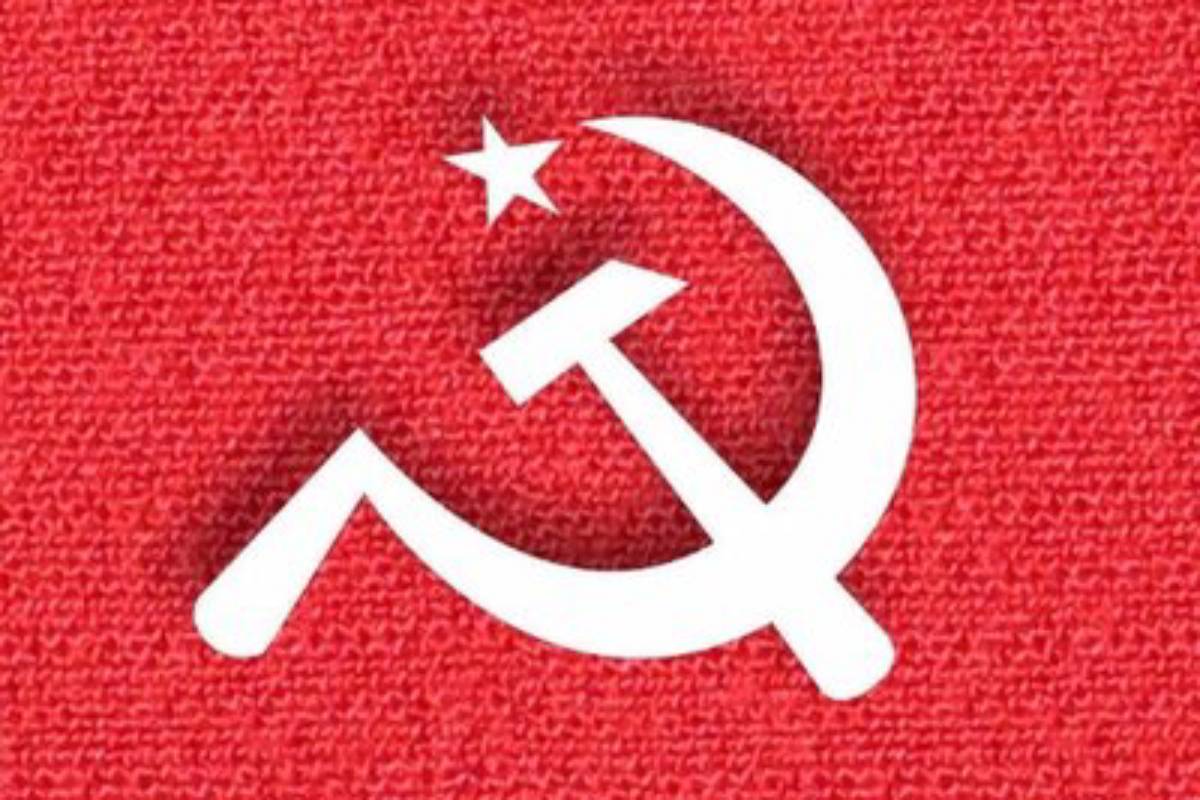In a significant move to capture the evolving landscape of consumer behaviour, India is gearing up for a comprehensive reassessment of its Consumer Price Index (CPI). The decision to conduct another household survey, coupled with a meticulous retail market analysis, reflects the government’s commitment to aligning economic indicators with the pulse of changing spending patterns. The release of initial findings from the 2022/23 household consumption expenditure survey has sparked discussions about the potential recalibration of the CPI. A noteworthy revelation was the contraction in the share of household spending on food, prompting speculation about an impending adjustment in the weightage assigned to this crucial category within the CPI.
Pronab Sen, head of the government panel on statistics, stressed the importance of waiting for the results of the 2023/24 household consumption expenditure survey, which began in August 2023 and will continue till July 2024. This cautious approach, driven by a commitment to data accuracy, underscores the government’s commitment to making informed decisions that resonate with the ground realities of household expenditure. The findings show a shift in spending habits, with a reduced emphasis on cereals and an increased focus on processed food, clothing, health services, and consumer durables. These shed light on a maturing economy.

As incomes rise, so do aspirations, leading to a diversified consumption portfolio that demands a nuanced approach to inflation measurement. One of the critical insights from the on-going reassessment process is the acknowledgment of the need for a retail market survey before incorporating new items into the CPI. Sen rightly points out that such a survey could take 5-6 months, emphasising the importance of meticulousness over haste. The conscientious effort to finalize representative items and brands ensures that the recalibrated CPI will reflect the true cost-of-living changes experienced by citizens. This recalibration is not just a routine adjustment of statistical metrics; it is a response to the dynamic nature of the Indian economy.
The CPI index’s current base year of 2012 is set for a change, a move that Sen anticipates will realistically materialise next year. As we usher in this transformation, it becomes imperative to appreciate the forward-looking approach of the government in aligning economic indicators with the present-day consumer landscape. Geeta Singh Rathore, director general of the National Sample Survey, adds another layer to the narrative by assuring that the new CPI index, whenever released, will be a more accurate reflection of price changes in the economy.
This reassurance from the director general instils confidence that the recalibrated index will not only be a statistical exercise but a practical tool guiding policymakers and central banks in framing monetary policies that resonate with the needs of the people. As we anticipate the unveiling of the recalibrated CPI, we witness a government navigating economic complexities with a keen eye on the present and a vision for the future.












